-
×

- Warranty:
2 Years
€2.685,33 -
×
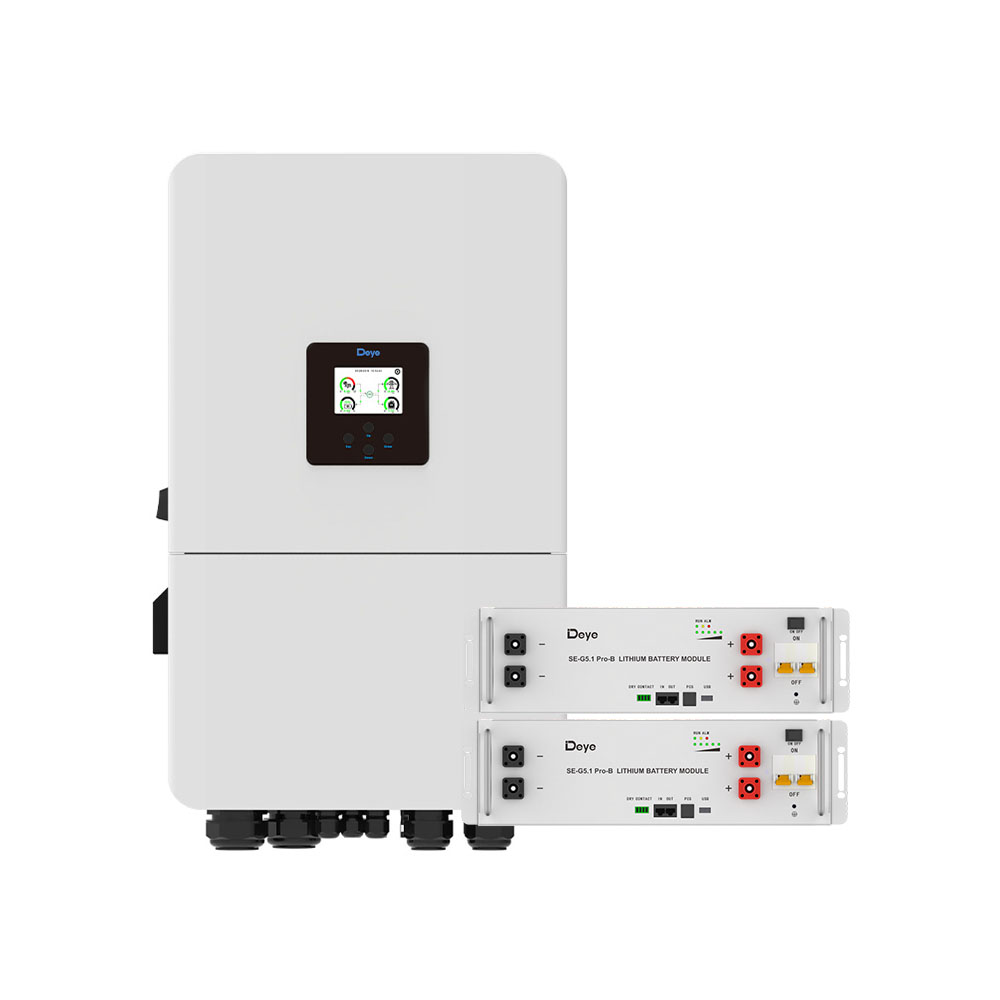
- Warranty:
2 Years
€5.435,00 -
×
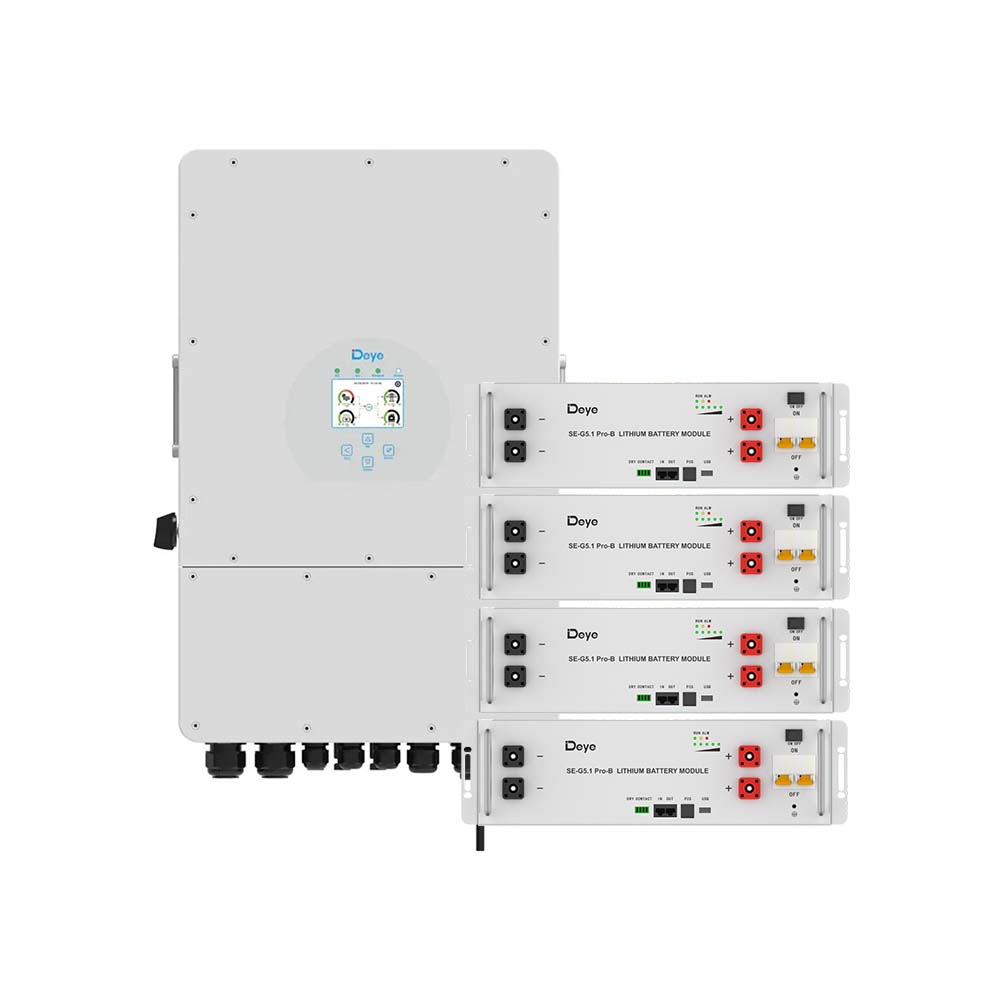
- Warranty:
2 Years
€7.466,10 -
×
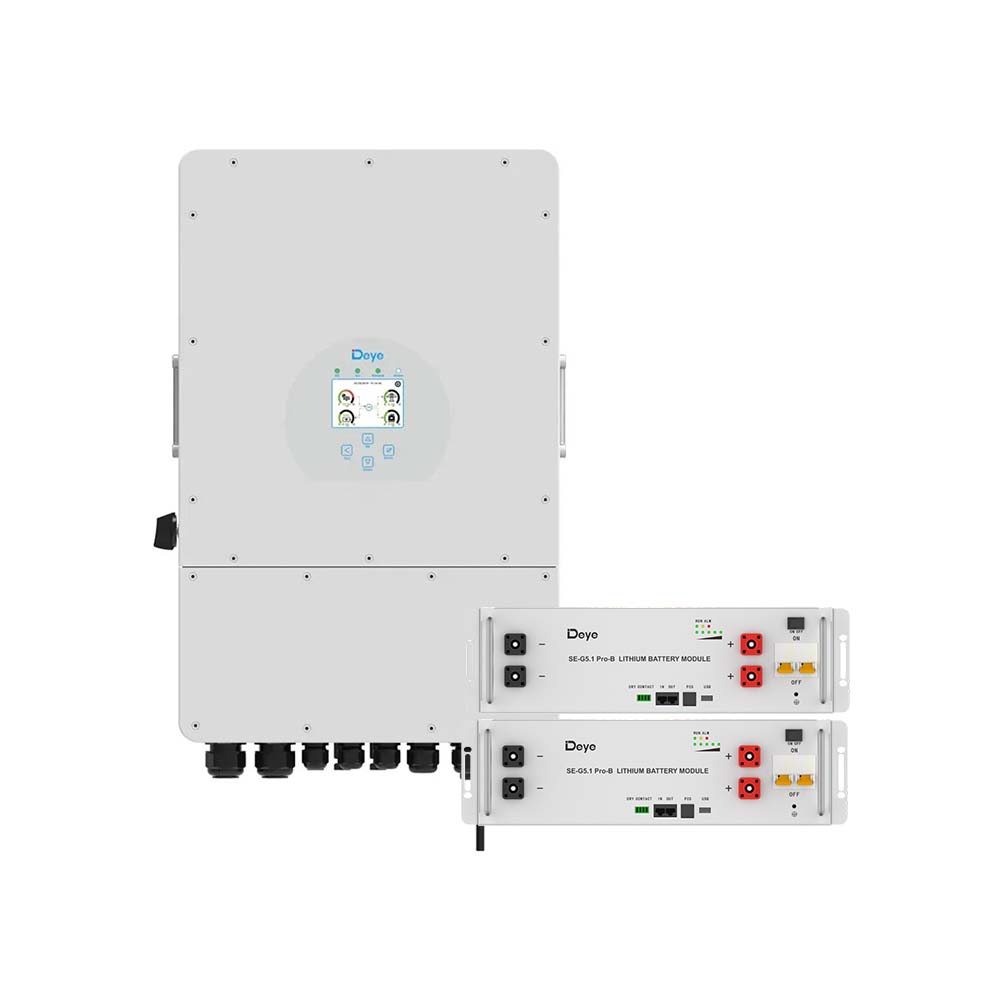
- Warranty:
2 Years
€5.003,00 -
×

- Warranty:
2 Years
€4.808,10 -
×

- Warranty:
2 Years
€7.661,00 -
×
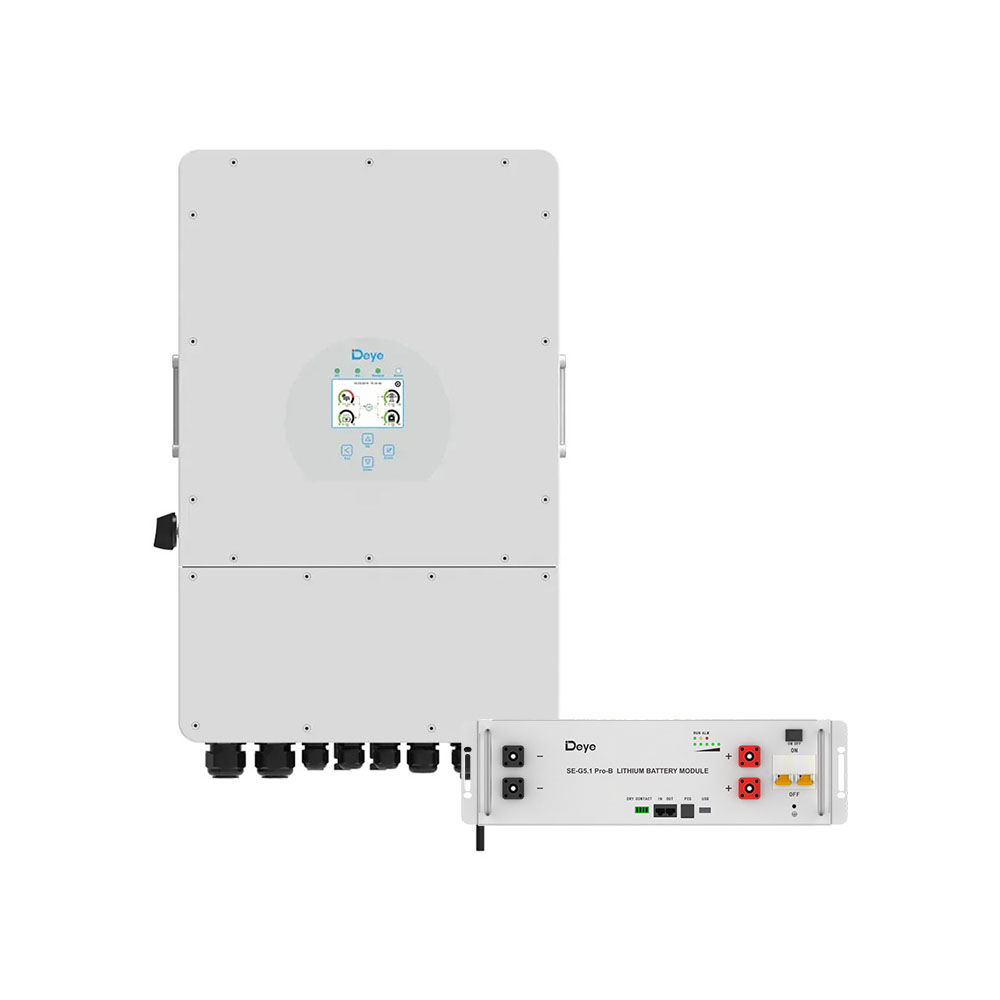
- Warranty:
2 Years
€3.674,00 -
×
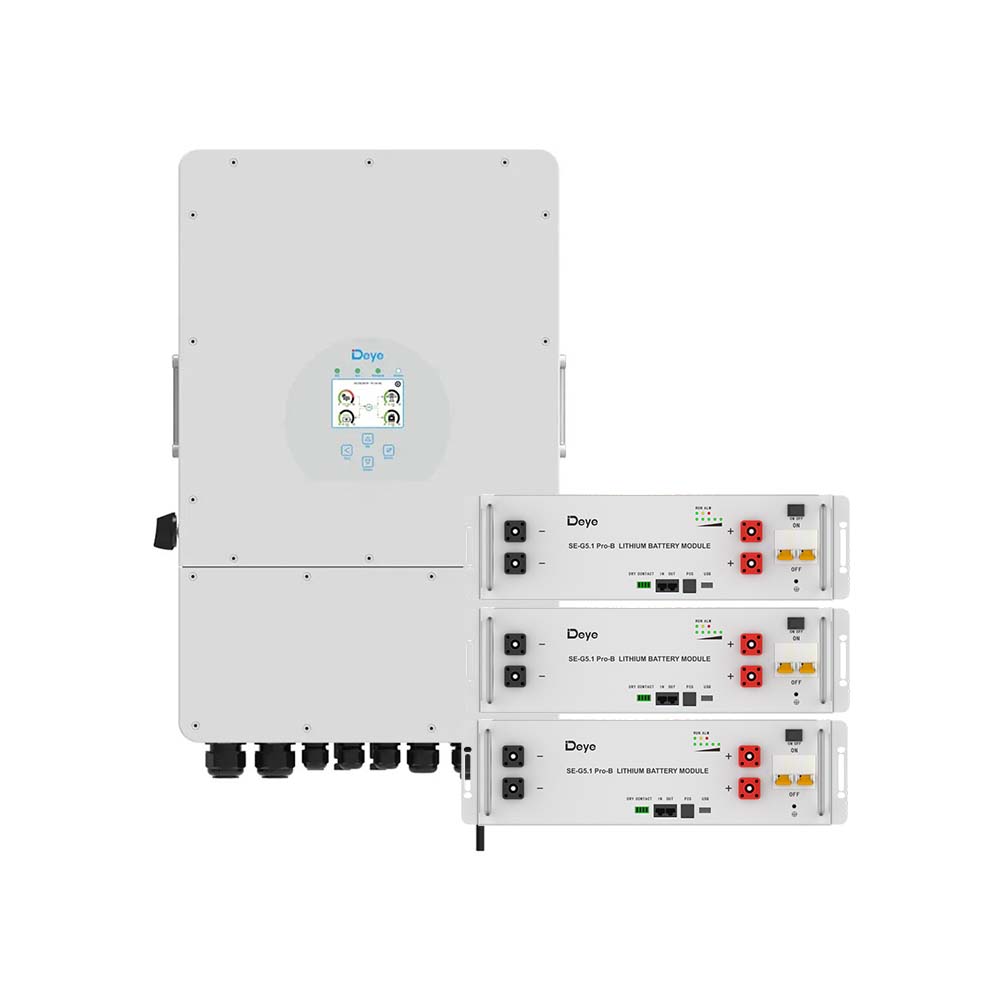
- Warranty:
2 Years
€6.078,10
In this article, we explain the correlation between Consumption, Self-Consumption, and Energy Independence. The latter is the most important value to consider as it expresses “how independent” one is from the electrical grid. Let’s begin. “Consumption” refers to the total amount of electrical energy used by a user or a company. This includes both energy purchased from the electrical grid and that produced by any photovoltaic systems or other renewable sources. “Self-Consumption” refers to the amount of electrical energy produced by a photovoltaic system or other renewable sources and consumed directly by the user, without being fed into the electrical grid. The goal of self-consumption is to reduce the total consumption of energy purchased from the electrical grid, saving on electricity bills. “Energy Independence” refers to the ability of a user to produce their own electrical energy and completely cover their energy needs without depending on the electrical grid. The goal of energy independence is to reach a value close to 100% in order to become completely independent from the electrical grid and achieve the objective of “zero grid feed-in”.
Let’s take an example:
Below is a hypothetical example of how consumption, self-consumption, and grid feed-in might be distributed for a user with a photovoltaic system during summer and winter months: Summer: Consumption: 100%
And Energy Independence?
The formula to calculate energy independence in photovoltaics is: Energy Independence = Self-Consumption / Consumption * 100 Applying this formula to the example we made above, the result is: Summer:
Was a storage battery considered in this example?
NO! In this example, it was not considered. Now we’ll add it to the energy independence calculation and see what advantages we can gain from storage.
Let’s take an example adding a storage battery:
For the energy independence example we cited earlier, if we added an adequately sized storage battery, the energy independence could increase as follows: Summer:
This calculation shows how the addition of a storage battery can increase the efficiency of the photovoltaic system in covering the user’s energy needs during hours when solar radiation is absent.
